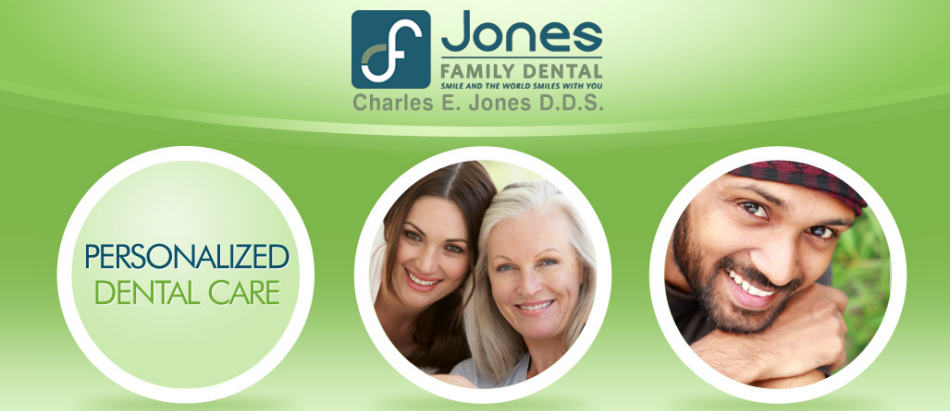Think you may be suffering from periodontal disease? Here are a few common signs to watch for:
a) Red, swollen or tender gums or other pain in your mouth
b) Bleeding while brushing, flossing, or when eating certain foods
c) If you notice your teeth becoming loose or separated
If you or a loved one is noticing the beginning stages of periodontal disease, visit us for an appointment and we’ll work to assess your current oral health. We know that happy smiles start with healthy gums and teeth, and we’re happy to answer any questions our patients have about the best ways to maintain their oral health!
Monday, September 18, 2017
Friday, March 3, 2017
Radiation Risks? The Truth about Dental X-Rays
Often, a family trip to the dentist will feature the use of an x-ray camera. The dental hygienists will cover you or your children with a heavy apron and make you chomp on some bitewings, while the camera moves and clicks around you. Of course, the images produced by the x-rays have a purpose: cavities, jawbone degradation, and other oral health issues are made easily visible, allowing the dentist to address these issues directly. However, x-rays are a form of radiation, and some people are concerned with that exposing someone to dental x-rays will cause cancer. These concerns are especially strong for parents taking their children to the dentist.
X-rays are a type of ionizing radiation, and ionizing radiation has been shown to cause cancer. Ionizing radiation, upon passing through the body, strip electrons from the atoms this energy passes. The resulting protons, known as free radicals, then can damage the cells of the body. While these cells return to normal most of the time, on rare occasions the cells will heal with some abnormalities. These abnormal cells, consequently, can grow into cancer. From this alone, people believe that dental x-rays will cause cancer.
However, you’re always exposed to ionizing radiation. On average, your body is exposed to 3.1 millisieverts (mSv) of natural radiation alone per year. At .005 mSv, the radiation you receive from the aforementioned dental x-ray is less than 1.6% of your daily background radiation exposure. You are exposed to the same level of radiation just from sunlight each day. Additionally, each x-ray is an individual dose rather than constant exposure, which is another factor in the cancer risks of radiation exposure. X-rays only increase the odds of dying of cancer by 1 in 2,000; compare this to the natural 1 in 5 chance you have of dying of cancer.
Moreover, there are precautions in place for younger patients to help minimize their exposure. Technically, children do have a higher risk of developing cancer from radiation than adults, so dentists make up for it with stricter safety measures. Lead aprons are almost ubiquitous, but many doctors will also reduce the amount of radiation emitted by the camera when taking x-ray images of pediatric patients. The same precautions can be given to pregnant women, as fetuses are assumed to be just as vulnerable as children. Your children could be receiving special considerations regarding radiation exposure risks already.
Ultimately, the benefits of detecting an oral health issue as early as possible far outweighs the negligible cancer risk. Not only are healthy teeth and gums alone something worth keeping, but many recent studies have shown connections between oral health and overall bodily health as well. Being able to detect and address these issues is paramount to your health and your children’s health. So, the next time your dentist readies the bitewings and camera, don’t be afraid. The benefits are high, the risk is low, and the dentist is likely being extra careful with your children anyways.
Monday, January 23, 2017
Knocking out a permanent tooth is a true dental emergency. Don’t be afraid to contact your dentist right away. If you knock out a permanent tooth, here is what to do.
1. Hold the tooth by the crown and not the root so as not to spread bacteria unto the root.
2. Rinse dirt or any debris off with room temperature water but be gentle with the root.
3. Try to reinsert the tooth until you get to the dentist and hold it into place.
4. If reinserting is not an option, keep it moist by covering it with milk or water.
5. For optimal outcome, try to get to a dentist within 30 minutes.
1. Hold the tooth by the crown and not the root so as not to spread bacteria unto the root.
2. Rinse dirt or any debris off with room temperature water but be gentle with the root.
3. Try to reinsert the tooth until you get to the dentist and hold it into place.
4. If reinserting is not an option, keep it moist by covering it with milk or water.
5. For optimal outcome, try to get to a dentist within 30 minutes.
Subscribe to:
Posts (Atom)


